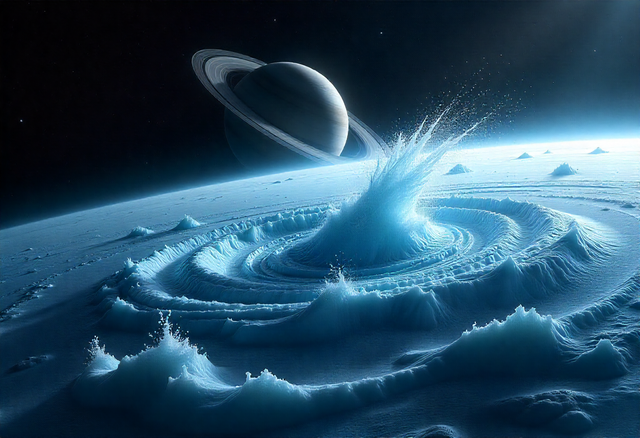The water of Enceladus
The water of Enceladus

Enceladus is a very interesting moon for us, because it has a large mass of liquid water under an icy crust and also the most interesting thing is that that icy crust is quite thin, which allows us to investigate Enceladus and what is in that surface ocean in more detail. It has been determined that it is quite thin because we have indications that there are many other icy moons that have masses of water under the surface.

If you could pour that water on Mars, you would have an ocean a little larger than the Arctic Ocean here on Earth or it would create about 5.4 seas like the Mediterranean Sea.
The images without reference were created with AI
Thank you for visiting my blog. If you like posts about #science, #planet, #politics, #rights #crypto, #traveling and discovering secrets and beauties of the #universe, feel free to Follow me as these are the topics I write about the most. Have a wonderful day and stay on this great platform :) :)

